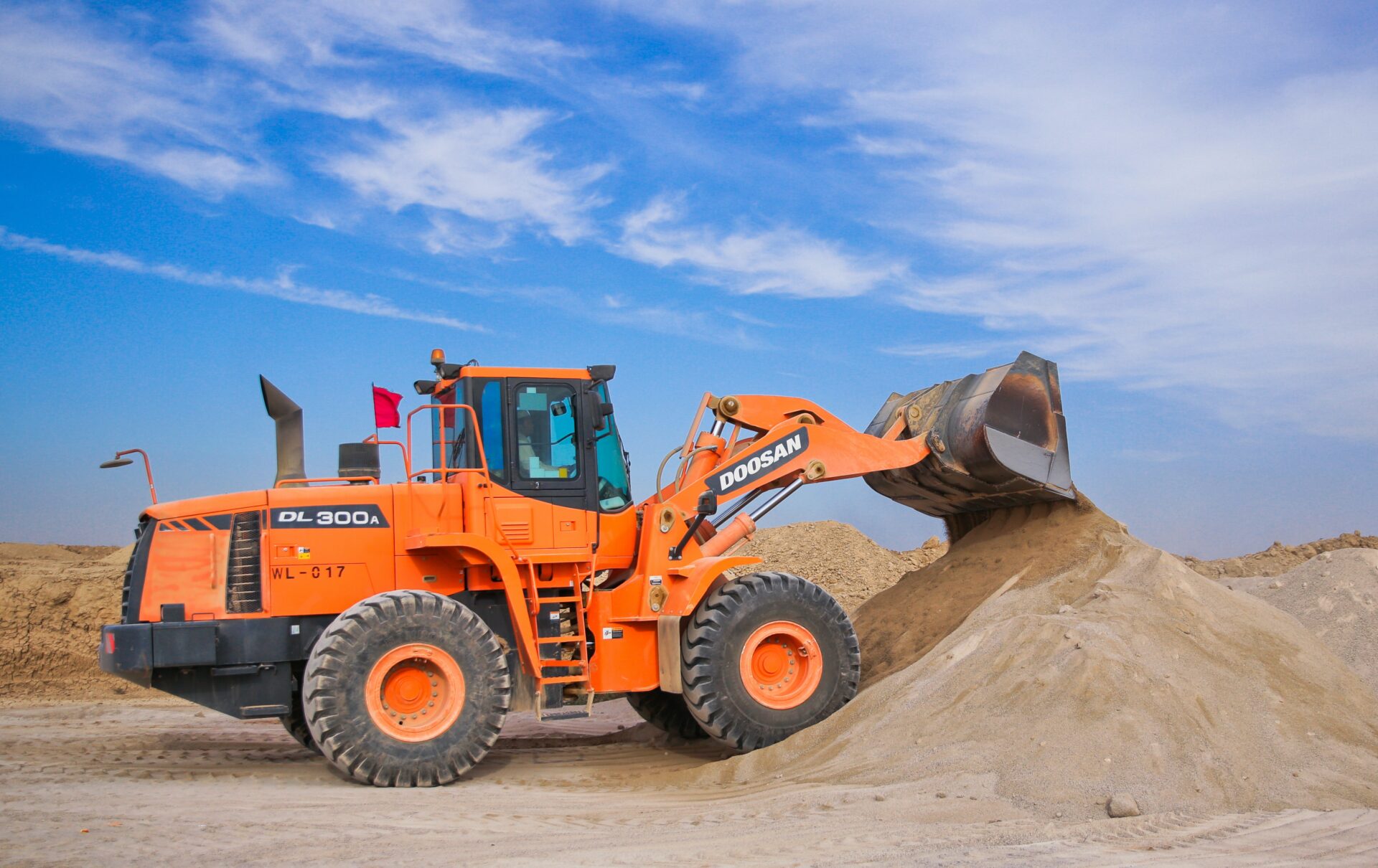When you build your home, you always want to have a very clear understanding of all of your costs. At Fine Line Homes, we pride ourselves on providing to you Upfront Pricing.
There is one item that cannot be pinned down to an exact cost due to the variables involved. I am talking about Site Development Costs. This is basically getting your land prepared to have the home built. The reason you cannot get a true/exact cost is because of the many variables that can come up once the digging has begun.
Of course, there are many people who do not run into issues with their land. But the purpose of this post is to educate you on why and what some of the variables can be.
I will address just the steps directly dealing with the actual digging or moving of the earth and site materials needed to be added or removed from the site. I will not be going into the variable costs that may be involved with building permits, hook-up fees, etc.
I will focus just on the earthmoving side itself.
The First Estimate Item in Site Development Costs
1. Clearing the Site of Trees and Brush
Obviously, if the lot purchased is already cleared then no costs would be incurred. If the lot is covered in trees and scrub brush then clearing will need to be done. In a somewhat normal situation cost estimates from a reliable lot clearing company are usually pretty straight forward. And you would not have to concern yourself with surprise overruns on the estimate. THE VARIABLE: The lot is completely overgrown and so thick with scrub brush that you can’t even walk through it. There is no way a reliable company can give a realistic estimate standing there looking at it. They should make that clear to you at that time as well as in writing.
When they do start to clear the land for construction they could find large old-growth stumps and logs, old wells, building remnants or even trash. Getting rid of those items can push the cost up.
2. Next the Driveway Will Need to be Constructed
In a normal situation the top soil being 5”-6” will be excavated. Then the earthmover will supply and install some cobblestone or large rocks that act as a base.
THE VARIABLE: After excavation, they find inadequate soil to hold the base cobbles from sinking down and the unstable soil slushes above the cobbles. Then the earthmover has to excavate deeper until he gets to a firm soil.
The deeper the excavation the more cobbles and material they will need to bring it to grade.If the area chosen initially is too wet the location of the driveway may have to be moved.At this point, the lot is cleared, the rough driveway has been installed and the basement foundation has been laid out and pinned.
3. Time to Dig the Basement
THE VARIABLE: When digging the basement, you may run into underground springs, sandy soil or large boulders. With the spring you may need to have it drained. Sandy or unstable ground may need more additional earthmoving material brought in. Rock outcroppings could require blasting with dynamite or at the least additional excavating time.
*TIP Caution, if the lot was a fill lot twenty years or more ago, the lot will probably look just like any other lot you may be looking at.An experienced builder will notice certain things about the location of the lot and the surrounding topography that can alert him to a potential fill lot. If you are not sure, ask us.
4. Install Footer Drain
Next the earthmover will install the footer drain and stone for under the concrete floor.
THE VARIABLE: If the foundation has a tendency to be wet or the concern is getting water away from the foundation then the footer drain needs to be extended to empty out to daylight.The basement walls have now been formed and the concrete poured and the forms have been pulled.
5. Backfill the Foundation Walls
THE VARIABLE: The wetter the lot, the more stone will be needed around the footer drain and foundation before the stock piled material from the foundation hole is used to finish backfilling and the rough final grade.
This gives you an idea what variables can be encountered when building a home on any lot.With all the variables you can see that an unscrupulous earthmover or contractor has opportunities to increase their estimate by a substantial amount.
Some builders will take the earthmovers final bill and add a percentage for their time adding to their profit. It can be as high as 30 percent. At a time when earthmoving bills range from 10,000 to well over 50,000 you can see how adding a percentage on to the earthmovers bill could be enticing to some builders.
Earthmoving costs are so objective the only FAIR way to handle them is to pass the exact costs on to the customer exactly what the earthmover has charged. And that is with no profit or additional costs added.
Earthmoving costs should be handled like we would want them to be handled if we were building a home for ourselves. They should be fair to the customer and Fair to the earthmover and most of all transparent.
The Home Contractor on a scattered lot shouldn’t care if you use your own earthmover or you use one from their approved list.
The Earthmovers invoices should be available for the customer at their request.











